ARTICLE AD BOX
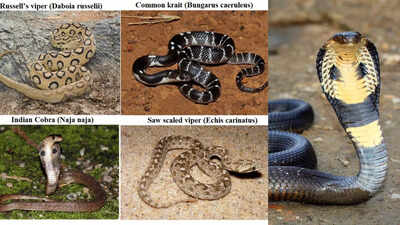
India is home to nearly 300 snake species, but only a fraction of them pose a serious threat to humans. Out of these, just four snakes—the Russell’s viper, common krait, spectacled cobra, and saw-scaled viper—are responsible for the majority of fatal snakebite cases in the country.
Collectively, they are known as “The Big Four.”These snakes are not only venomous but also highly adaptable, thriving in human-dominated landscapes such as farms, villages, and even homes. Their prevalence, combined with their lethal venom, has made them both feared and fascinating. To understand why they hold such a notorious reputation, it’s essential to look closer at their biology, hunting behavior, and the medical challenges they pose.
King cobra vs India’s Big Four: Which is deadlier
| Aspect | King Cobra | Big Four Snakes |
| Human Encounter Frequency | Low — forest-dwelling, avoids humans | High — common near human habitats |
| Annual Deaths in India | Relatively few | 46,000–60,000 annually |
| Venom Potency vs. Impact | High venom yield but fewer bites | Potent venom and frequent bites |
Discover the deadly ‘Big Four snakes’ in India: Russel viper, common krait, spectacled cobra and saw-scaled viper
Russell’s viper
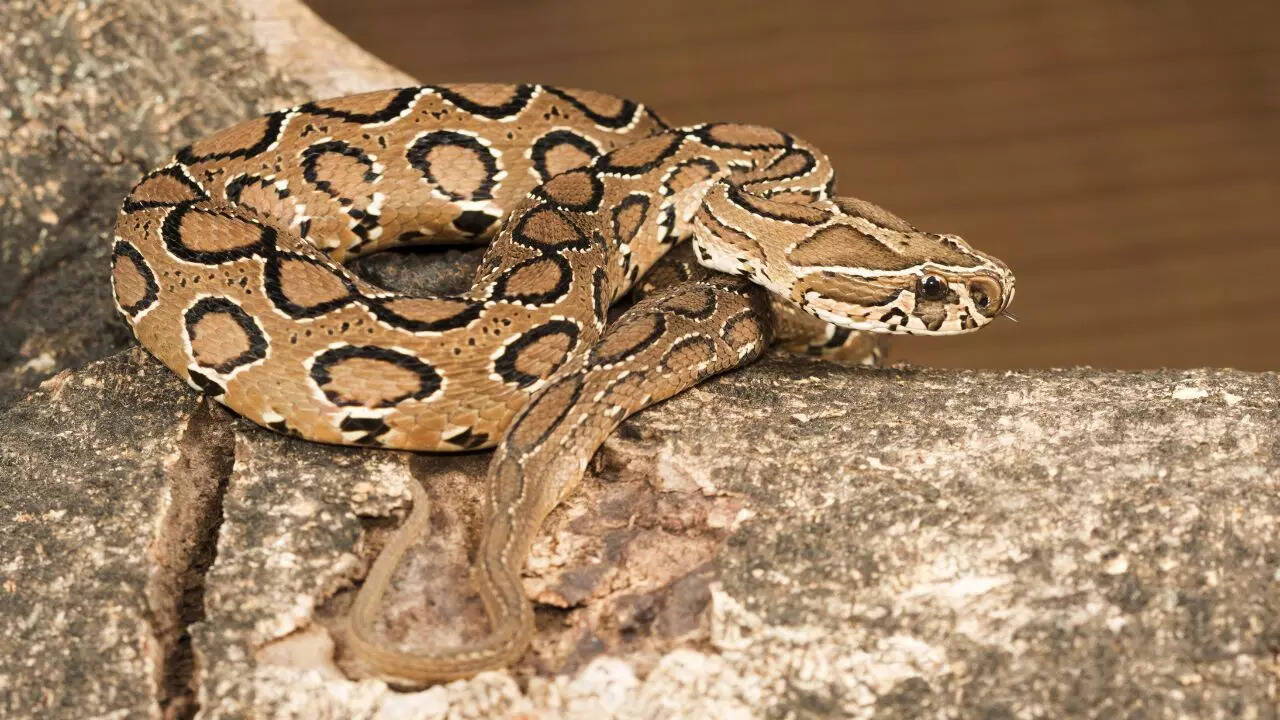
The Russell’s viper (Daboia russelii) is one of the most dangerous snakes in India, responsible for tens of thousands of deaths every year. Its muscular, keeled scales and chain-like body markings make it instantly recognizable. With the ability to strike from several feet away, this snake leaves little room for escape.It thrives in dry scrublands, farmlands, and termite mounds, often coming into conflict with humans working in agricultural fields.
Its venom contains a deadly cocktail of toxins that cause renal failure, internal bleeding, and shock. Symptoms often appear within minutes of a bite, making swift medical attention crucial.
Common krait
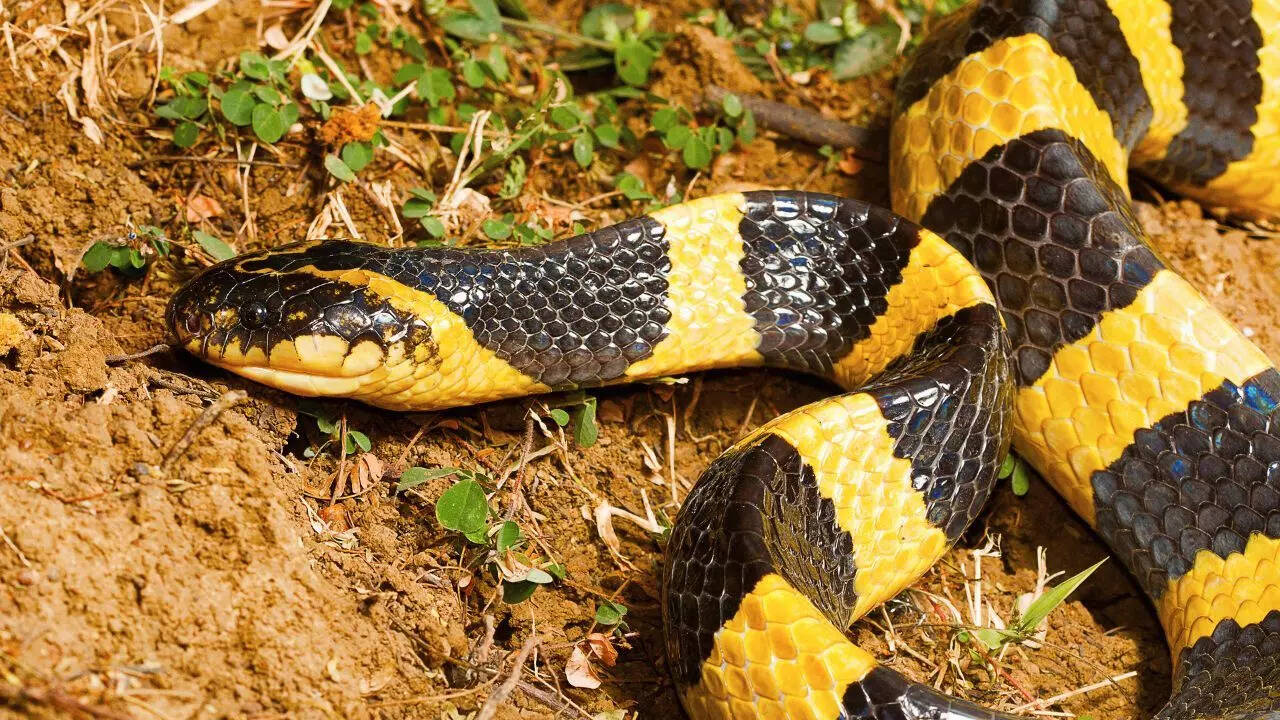
The common krait (Bungarus caeruleus) is perhaps the most feared member of the Big Four due to its extremely potent neurotoxic venom. Unlike the aggressive Russell’s viper, the krait is nocturnal and stealthy, often entering homes at night in search of prey.
This is why many people are bitten while sleeping on the floor.With its shiny black body and white bands, the krait is easy to identify, yet difficult to detect in dimly lit environments. Its venom quickly shuts down the nervous system, paralyzing muscles and potentially leading to respiratory failure. If left untreated, the fatality rate can reach as high as 80%.
Spectacled cobra
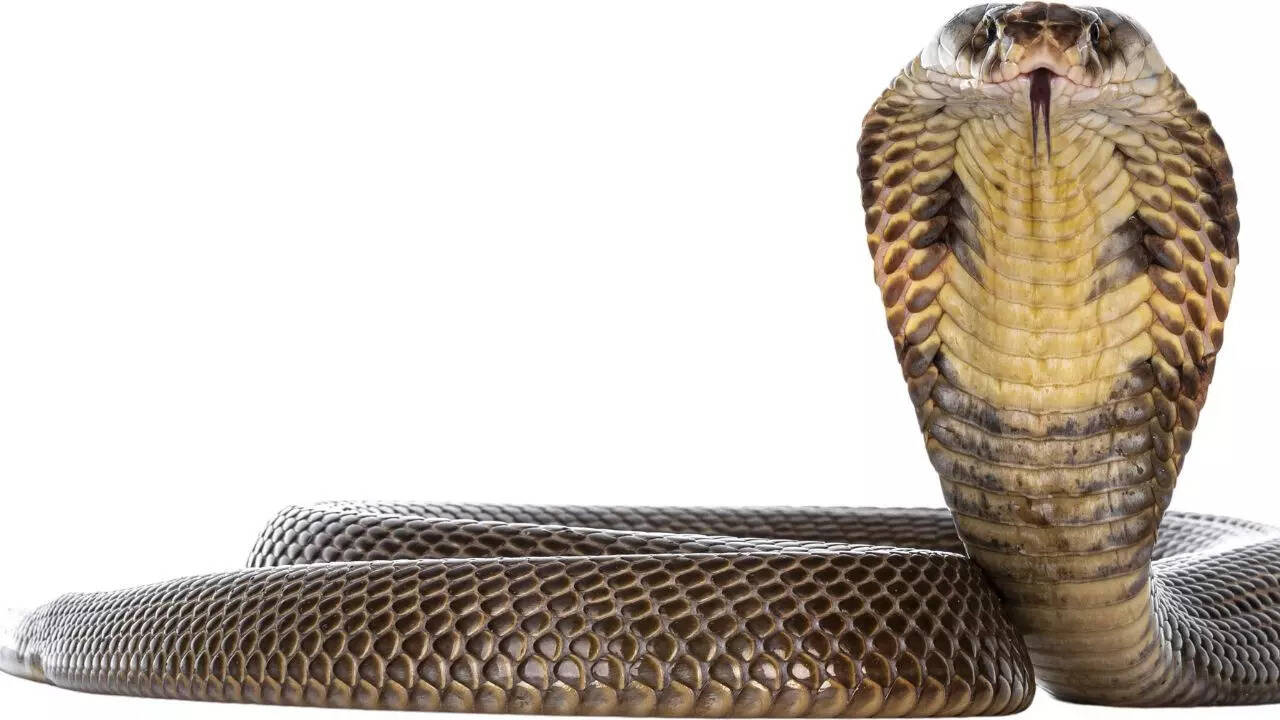
The spectacled cobra (Naja naja), often confused with the king cobra, is one of India’s most iconic snakes.
Known for its dramatic hood display and menacing hiss, it commands both fear and reverence.This cobra is widespread across India, adapting to forests, grasslands, and even urban settings. Its venom is a mix of neurotoxins and cardiotoxins, which can cause paralysis, cardiac arrest, and respiratory distress within hours. Unlike kraits, cobras are often active during the day as well as night, increasing the chances of encounters with humans.
Saw-scaled viper
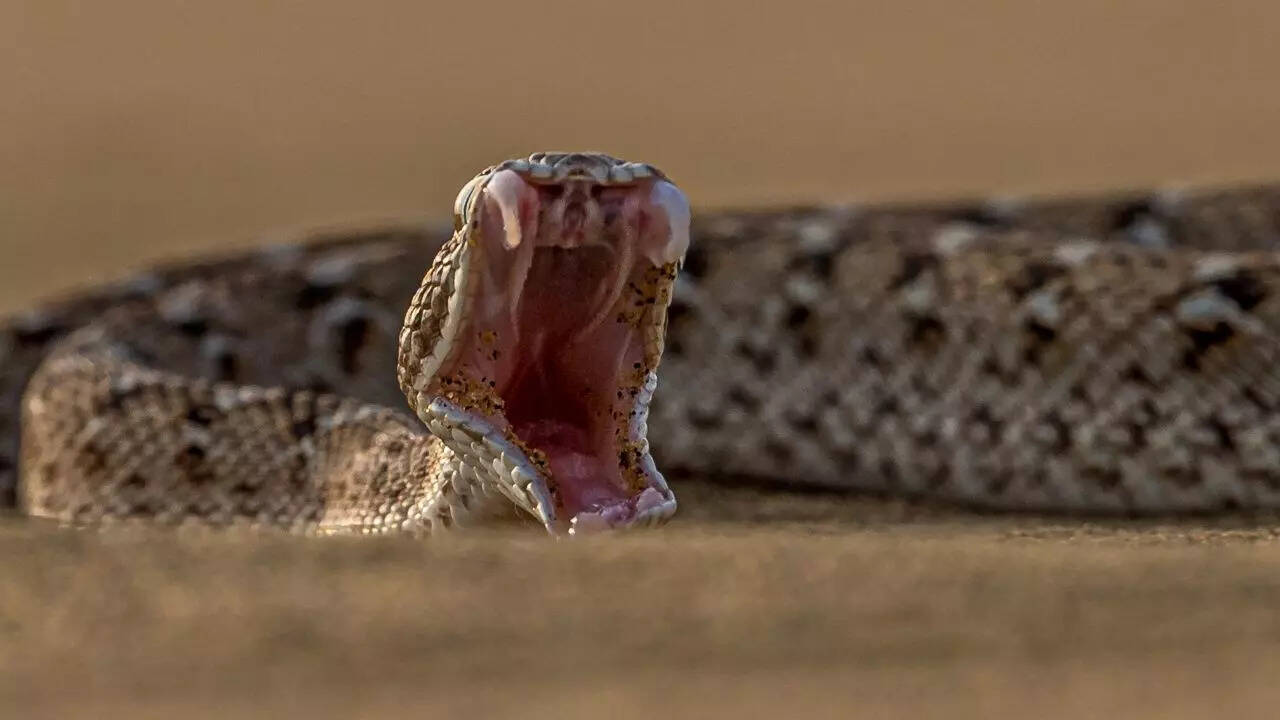
The saw-scaled viper (Echis carinatus) is the smallest of the Big Four, yet its bite is among the deadliest. Found across much of India, especially in dry and rocky terrain, this snake is infamous for its defensive posture—coiling its body into an S-shape and rubbing its scales together to produce a chilling rasping sound.Despite its size, the saw-scaled viper injects venom capable of causing severe internal bleeding and clotting disorders.
Its aggressive nature and wide distribution make it responsible for a large proportion of snakebite deaths in India.
Why the ‘Big Four snakes’ are considered so dangerous
The Big Four are not the most venomous snakes in the world, yet they remain among the deadliest for three reasons.First, their abundance and wide distribution bring them into frequent contact with humans. Second, their potent venom mixtures target vital systems such as the nervous and circulatory systems.
Third, delays in medical care—especially in rural areas—make treatment difficult.While other snakes in India are more venomous on paper, it is the Big Four’s combination of accessibility, adaptability, and medical impact that cements their deadly reputation.
Treating bites from the ‘Big Four’
The most effective treatment for venomous bites is antivenom, which neutralizes the effects of snake venom. However, survival often depends on time-to-treatment.If bitten, immediate steps include:
- Keeping the victim calm and immobile to slow venom spread.
- Removing tight items like rings or watches before swelling begins.
- Applying a pressure immobilization bandage if available.
- Seeking emergency medical care without delay.
- Correct identification of the snake can also help doctors administer the most effective antivenom.



.png)
.png)
.png)
















 15 hours ago
5
15 hours ago
5







 English (US) ·
English (US) ·